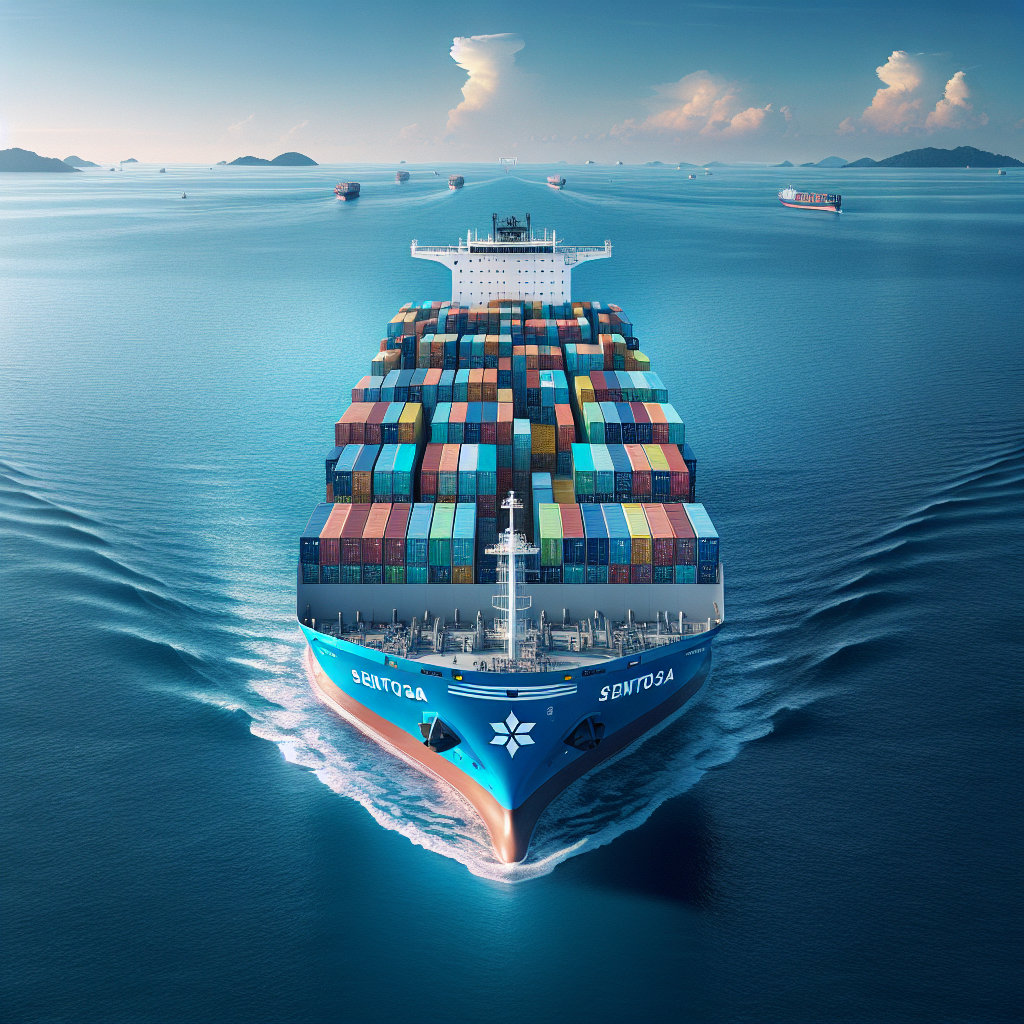Maersk Weathering Trade Storm: Navigating the U.S.-China Dispute and Red Sea Disruptions
Shipping giant Maersk reports a 30-40% drop in container volumes between the U.S. and China due to the ongoing trade war, yet maintains its profit outlook, aided by disruptions in the Red Sea which have increased freight rates. The company warns of a potential global demand contraction if tariffs persist.

In April, Maersk, the shipping behemoth, saw a precipitous 30-40% drop in U.S.-China container volumes amid a ferocious trade war. Despite this, the Danish company has upheld its annual profit forecast, with ongoing instability on the Red Sea trade route inflating freight rates.
The trade tariffs introduced by U.S. President Donald Trump have led companies globally to scale back sales targets and major economies to lower growth forecasts, impacting maritime shipping demand. Once heralded as a global trade indicator, Maersk anticipates global container volumes could fluctuate between a 1% decline and a 4% increase this year, a notable downgrade from 4% growth projected earlier.
While market growth is anticipated in the second quarter, spurred by a temporary lull in U.S. tariffs allowing companies to bolster inventories, Maersk warns of potential demand contraction later this year if trade tensions escalate. With clients like Walmart, Target, and Nike, Maersk braces for ongoing threats to the U.S. economy from heightened trade war risks.
(With inputs from agencies.)
ALSO READ
Trade Turmoil Sinks Hong Kong's Shipping Sector
Trump says Yemen's Houthis have 'capitulated' to US, say they won't attack shipping and US will halt strikes, reports AP.
Yemen Ceasefire Excludes Israel: Shipping Tensions Persist
Reviving the Stars and Stripes: U.S. Virgin Islands Proposal Fuels Shipping Debate
Maersk Warns of Trade War Impact on Shipping Industry










